When making gluten-free bread, it’s important to keep the following things in mind to ensure that the bread turns out well and is safe for those with gluten intolerance or celiac disease:
Use a gluten-free flour blend: To make gluten-free bread, it’s important to use a gluten-free flour blend specifically designed for baking bread. I have linked my favourite brands in the “shop’ section, you can check the brand. A good gluten-free blend will typically include a combination of flours, such as rice flour, corn flour, and potato flour, which work together to mimic the texture and structure of wheat flour.
Pay attention to the rising process: Gluten-free bread can be more delicate and difficult to work with than traditional bread dough. Pay close attention to the rising process and be prepared to handle the dough gently.
If you are making gluten-free bread blend at home then you can use xanthan gum or psyllium husk: To help the gluten-free bread hold its shape, it’s important to use a binding agent, such as xanthan gum or psyllium husk. These ingredients help the gluten-free bread dough hold together and maintain its shape during the baking process.
Store properly: Gluten-free bread can become stale and crumbly quickly. To keep it fresh, store it in an airtight container or wrap it in plastic wrap. You can also freeze gluten-free bread for longer storage.
Be careful with cross-contamination: To avoid cross-contamination with gluten, it’s important to use separate utensils, cutting boards, and pans when making gluten-free bread, and to thoroughly clean any surfaces and equipment that may have come into contact with gluten.
NO- Yeast baking. Does it even work?
Yes, it is possible to make no yeast gluten-free bread. There are several recipes for making gluten-free bread without yeast, which can be a good option for those who are allergic to yeast or who want a quicker and simpler bread-making process.
To make no yeast gluten-free bread, you’ll need to use a combination of gluten-free flours and other ingredients, such as baking powder, salt, and eggs, to create a batter that can be baked in the oven. The resulting bread is typically denser and has a coarser texture than yeast-based gluten-free bread, but it can still be delicious and satisfying.
It’s important to note that no yeast gluten-free bread may not rise as much as yeast-based gluten-free bread and may have a more dense, cake-like texture. However, it can still be a tasty and nutritious option for those who need a gluten-free bread solution.
Ingredients:
2 cups gluten-free all-purpose flour/ bread flour preferably
2 teaspoons baking powder
1 teaspoon salt
2 teaspoons dried basil
1 teaspoon dried oregano
1 teaspoon dried thyme
3 cloves garlic, minced
3 tablespoons olive oil
1 large egg
1 cup milk
Method:
Preheat your oven to 375°F (190°C).
In a large mixing bowl, combine the gluten-free flour, baking powder, salt, dried basil, oregano, and thyme.
In a separate small bowl, mix together the minced garlic, olive oil, egg, and milk.
Add the wet ingredients to the dry ingredients and mix until just combined.
Pour the batter into a greased 9-inch (23 cm) loaf pan.
Bake in the preheated oven for 35-40 minutes or until a toothpick inserted into the center of the loaf comes out clean.
Allow the bread to cool for 10 minutes before slicing and serving.
Enjoy your delicious gluten-free garlic and herb bread!
How useful was this recipe?
Click on a star to rate it!
Average rating 5 / 5. Vote count: 2
No votes so far! Be the first to rate this recipe.

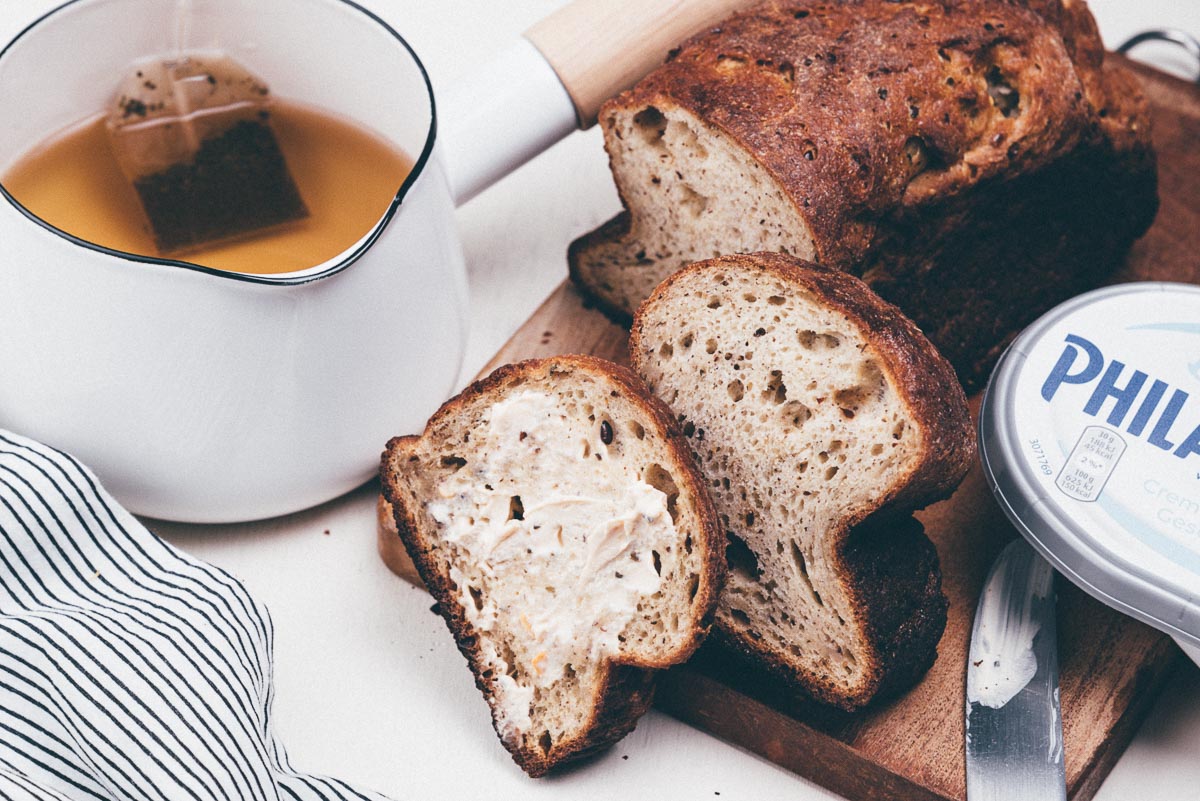
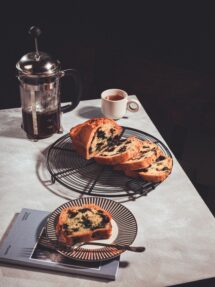
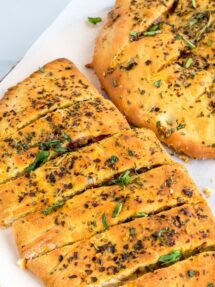
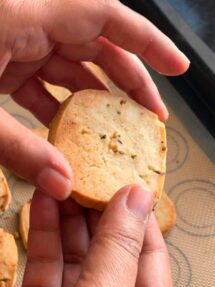
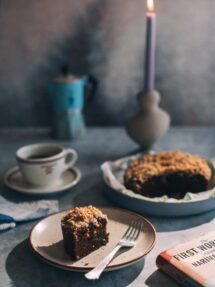

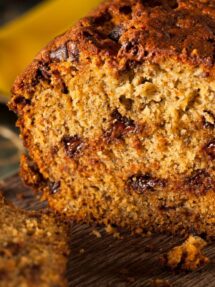






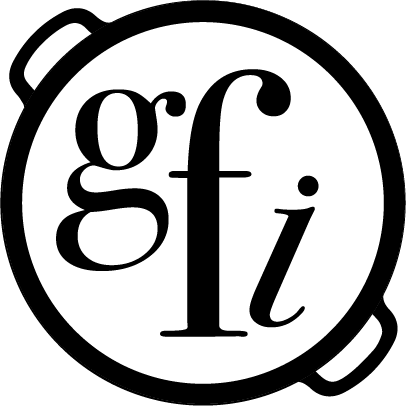
This Post Has 2 Comments
Please send the gluten free bread recipe
I tried making this and the result was fantastic. Thanks for sharing new recipes via the newsletter.